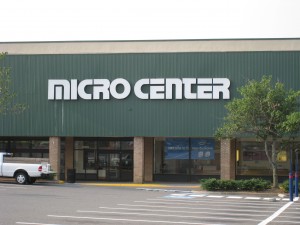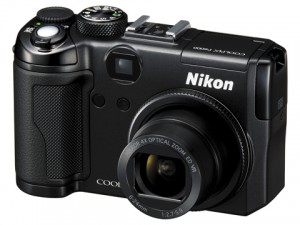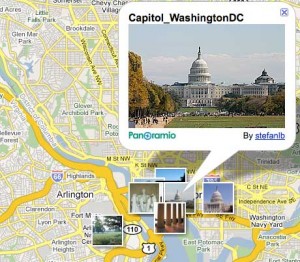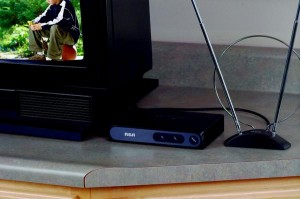While Best Buy may be popular for electronics, they are rarely the best buy. Their staff is known to make up answers. Their online prices are not as good as other Internet stores. And their in-store prices are often higher than their online prices, despite what their in-store website shows. Their Geek Squad is poorly trained and could try to take a video of you taking a shower. So instead of driving to Best Buy, first look around online.
Amazon has decent prices, but is also just a good place to shop around for what you want. Between Amazon and Amazon’s third party sellers, their selection is huge and their reviews can help you figure out what is best for you.
has decent prices, but is also just a good place to shop around for what you want. Between Amazon and Amazon’s third party sellers, their selection is huge and their reviews can help you figure out what is best for you.
Newegg has long been a favorite electronics seller because of their great prices. They are usually one of the first places I visit. They sell lots of electronics, computers, computer parts, accessories, and software.
 Cables, such as HDMI cables for HD TVs, are a huge rip-off in most retail stores. Best Buy and Circuit City will charge $40-$100 for a cable that is no better than a $5 cable from MonoPrice. MonoPrice’s cables are so cheap that you might suspect that they’re selling stolen goods. But MonoPrice has been around since 2002 selling quality cables and parts for their real price.
Cables, such as HDMI cables for HD TVs, are a huge rip-off in most retail stores. Best Buy and Circuit City will charge $40-$100 for a cable that is no better than a $5 cable from MonoPrice. MonoPrice’s cables are so cheap that you might suspect that they’re selling stolen goods. But MonoPrice has been around since 2002 selling quality cables and parts for their real price.
Although their site is not as attractive as MonoPrice’s, Blue Jeans Cable also offers a good deal on cables, especially if you need something special that is custom made.
While their prices aren’t the most competitive, Crutchfield offers a comprehensive site for home theater equipment. Their phone sales people are also knowledgeable.
 There are times when you need a real physical store. For example, laptops have different “feels” and are good to play with before purchasing. Luckily, in the D.C. area, we have a great store for electronics.
There are times when you need a real physical store. For example, laptops have different “feels” and are good to play with before purchasing. Luckily, in the D.C. area, we have a great store for electronics.
Micro Center, with 21 stores nationwide, has a store here in Fairfax, Virginia. They have good prices and a wide selection of computer equipment and software. They have a television section for large LCDs and Plasmas. Unique today, they have a section just for selling Apple products. Micro Center is great for geeks too because they sell everything you need to build a computer from the ground up. MicroCenter also has a bookstore and a game section for PC and console gaming.
Micro Center‘s employees are generally quite knowledgeable, especially compared to those at Best Buy. They make money on sales commissions by putting a sticker on items that they help you to find. On checkout, those stickers are scanned for comissions.
 If you’re shopping specifically for an Apple product or accessory, Apple’s retail stores are great and have an intelligent staff. Since Apple keeps prices the same everywhere, you won’t feel ripped off shopping there. There are only a few ways to get prices slightly better than the standard list price from Apple. You can get an Educational or Government discount from Apple. Or you can go to a third-party seller that might offer a small discount or combo package that Apple does not have. Amazon is the best of the third-party sellers now. They offer $100-$150 off of most current iMacs.
If you’re shopping specifically for an Apple product or accessory, Apple’s retail stores are great and have an intelligent staff. Since Apple keeps prices the same everywhere, you won’t feel ripped off shopping there. There are only a few ways to get prices slightly better than the standard list price from Apple. You can get an Educational or Government discount from Apple. Or you can go to a third-party seller that might offer a small discount or combo package that Apple does not have. Amazon is the best of the third-party sellers now. They offer $100-$150 off of most current iMacs.
Although Best Buy is ubiquotus, there are many better alternatives. Give some of these other electronics stores a try.

.
 But the feature that interests me most is geotagging. The camera has a built-in GPS which allows it to embed the location of the camera in every shot.
But the feature that interests me most is geotagging. The camera has a built-in GPS which allows it to embed the location of the camera in every shot.
 The FCC has ordered all local over-the-air broadcasts be digital by February 17, 2009. Taking advantage of this, scammers are putting up ads and commercials claiming to offer free digital converter boxes. The FTC should shut down these misleading ads. One ad says:
The FCC has ordered all local over-the-air broadcasts be digital by February 17, 2009. Taking advantage of this, scammers are putting up ads and commercials claiming to offer free digital converter boxes. The FTC should shut down these misleading ads. One ad says:

